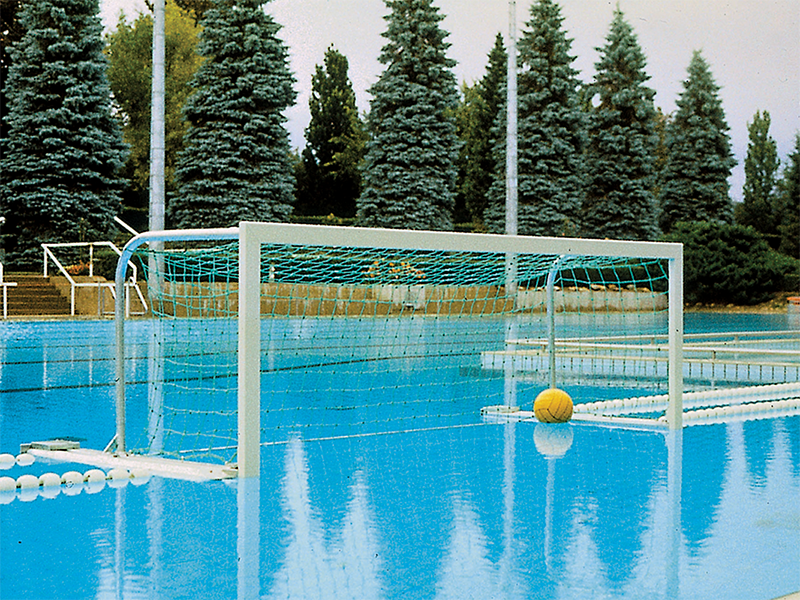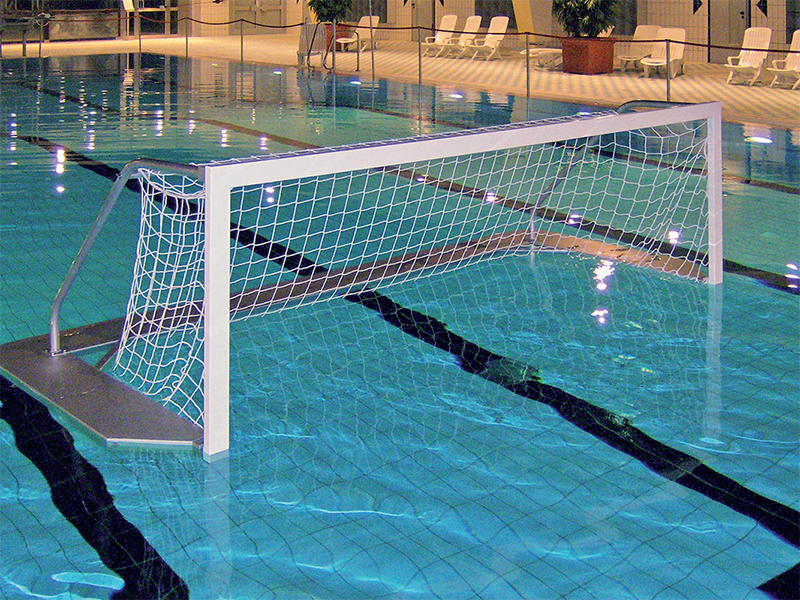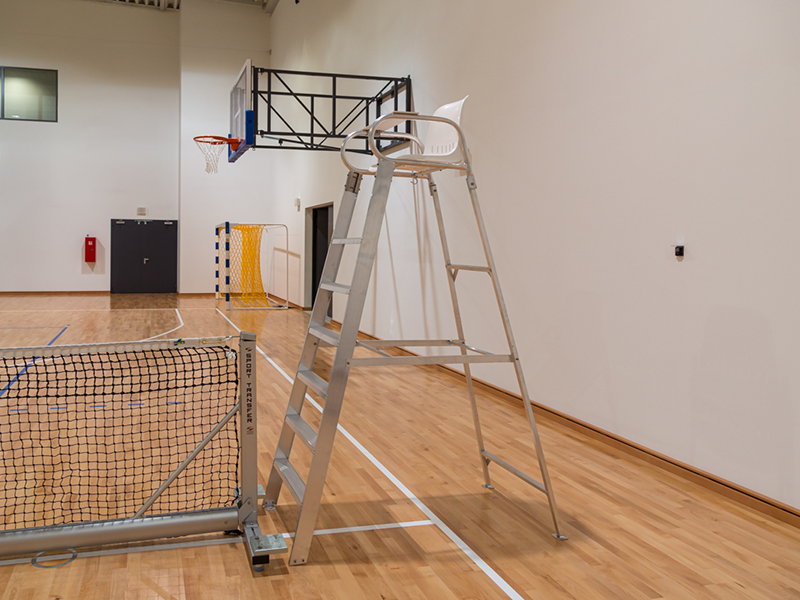WATER POLO - A HEALTHY ACTIVITY FOR SUMMER DAYS
2024-08-09

Water polo is a sport that can be played both in an indoor swimming pool and in an open-air pool. This game is a lot of fun for adults, young people and even children, and it also helps to keep you fit and well. Find out more about the rules of water polo. What does it take to organise a water polo field?
WATER POLO - THE ORIGINS OF THE SPORT
Water polo is an old sport. It is believed that water polo was invented by the Scots as early as the 19th century. Water polo has been an Olympic sport since 1900, but women’s teams were not invited to Olympic games until 2000. Water polo was played in Poland even before the First World War. Today, there are more than a dozen Polish professional water polo teams that compete in national championships every year.
WATER POLO - LEARN ABOUT THE BENEFITS OF THE SPORT
Encouraging children, young people as well as adults to practise water polo is definitely a good idea. A place for amateur games can be organised in almost any larger swimming pool. There are numerous benefits of recreational water polo.
By practising water polo, you can:
• comprehensively develop the muscles of different parts of the body - legs, torso, arms;
• improve your motor coordination, as water polo is a combination of swimming and competition involving accurate shots at the opponents’ goal;
• improve your fitness - playing water polo requires you to constantly overcome the resistance of the water;
• improve your swimming skills - especially speed in the water;
• teach children and young people about team cooperation and fair play.
Water polo is also a low-injury sport. In addition, when playing water polo, players do not strain their joints, which is typical of many other sports.
HOW IS WATER POLO PLAYED?
According to the official rules, a water polo match is played by two teams of seven players each. The pool for water polo should be a minimum of 180 cm deep and large enough for a 20x30 m field. A water polo match consists of four parts, each lasting 8 minutes. There is a five-minute break midway through the match.
The aim of this game is to get as many accurate shots as possible into the opponents’ goal. During the match, the players:
• may only touch the ball with one hand - holding the ball with both hands is not allowed;
• must not touch the bottom of the pool with their feet - they must swim all the time to float in the water;
• may commit up to a maximum of 2 fouls - a foul in excess of that number will result in exclusion from the game for the player.
The rules of water polo can be violated by:
• pushing away from the edge of the pool,
• holding the ball under the water surface,
• deliberately throwing the ball outside the boundary of the field,
• hitting the ball with a clenched fist,
• holding the ball for too long - members of one team can only pass the ball to one another for up to 30 seconds and then must throw it at the goal. If the team fails to do so, it is considered a normative foul,
• pushing back the defender,
• if the defender forcibly, intentionally, holds an attacker.
A WATER POLO FIELD - HOW DO YOU MAKE ONE?
When arranging a field for recreational water polo, there is no need to stick rigidly to the rules regarding water depth or field dimensions. However, professional equipment will come in handy to enable the sport to be practised for many years.
If you are in charge of creating a water polo field, start by choosing the goals. They should be 3 m wide and 0.9 m high. These standards are met by our professional folding water polo goals.
FLOATING AND FOLDING PROFESSIONAL WATER POLO GOALS - a design that makes them easy to assemble
The goal is made of aluminium profiles with floats, which are also made of lightweight aluminium and filled with foam. It has a weight to keep it stable on the surface of the water, and its bows are foldable for easy transport and storage.
This structure is not enough. In order to be able to start playing water polo, there must be nets for the water polo goal.
TOURNAMENT NET FOR WATER POLO GOAL - suitable for permanent contact with water
The goal net is made of polyethylene, a material that does not deteriorate in contact with water or chlorine. Its mesh size is 10x10 cm and the thickness of the weave of its fibres is 3 mm. This makes the net robust and suitable for use in professional tournaments.
Even if only amateur games are to be played in a sports facility, a referee station is required.
PROFESSIONAL REFEREE STATION - with a console for the referee
Our referee station is a folding structure made of aluminium profiles, on which a polypropylene seat is placed. It has a folding console for the referee and a polypropylene net shelf.
In summer, an open swimming pool can be used for more than just swimming. During the summer holidays, it is a good idea to make it more interesting by creating a recreational water polo field in it. It will encourage summer physical activity and perhaps help discover a new talented athlete.







